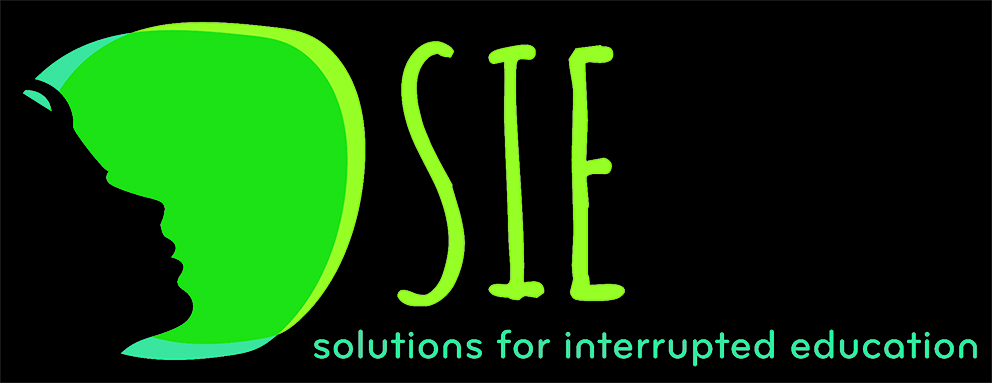“If Martin Luther King, Jr. were here, he would say this is the Beloved Community.” — Congressman John Lewis, on a visit to The International Community School in Decatur, Georgia
A LIFE-CHANGING ENCOUNTER
I was a writer, not an educator, so I wasn’t prepared for the scene that met me when I walked into a failing middle school in my community. Two large white posters ran floor to ceiling, listing the dire consequences of bringing a gun or drugs to the school. A security guard watched me from a cubicle, and a male teacher was marching a group of boys up and down the hall, a military-like punishment for misbehavior.
I was there to pick up a young refugee student, a child survivor of the trauma and suffering of war, who was being bullied and doing poorly in school. We had an appointment at the Friends School of Atlanta, where Shahir and I were welcomed by a friendly staff and walls covered with student art. A short time later, Shahir was admitted as a scholarship student. The rest is history. The school wrapped him and his family in love and practical care. He became a top student and athlete, and went on to become a teacher.
This scene was repeated many times, with students from wars around the globe, but scholarships were few and far between. How, I wondered, could we create a free school to bring together refugee, immigrant, and local children? Could we provide an enriched education, normally reserved for the affluent, to children from poor families in our community? Could we bring kids together across lines of race and class and religious and ethnic background?
MODELS OF BELOVED COMMUNITY SCHOOLS
After four years of planning with an extraordinary team of founders and supporters, in 2002, we opened the International Community School with 125 students and a program that included art, music, second language instruction, physical education, recess, and other programs often no longer considered an essential part of school curriculum.
Today, the International Community School brings together 450 students, K-5, from dozens of countries and across race, ethnicity, and class. Its extraordinary leadership team is committed to growing and sustaining the Beloved Community.
In 2004, we created a Saturday School for students ages 5-75 and in 2008 opened the Global Village Project, today a thriving school for refugee middle-school girls.
What all three schools had in common was a commitment to creating a Beloved Community, a healing, student-centered environment where a sense of safety, mutual respect, equality, student agency, and an expanded rigorous curriculum could help students not only survive but thrive.
It was, and is, never perfect, but the Beloved Community classroom and school provides a unique vision and sense of empowerment to its members. One of the unexpected benefits is its enormous appeal to the wider community, who volunteer in record numbers to help with social services, one-on-one tutoring, mentoring, music lessons, and so much more.
THE BELOVED COMMUNITY ROOTED IN HISTORY
Our commitment to the Beloved Community, a social innovation passed from Howard Thurman to Martin Luther King, Jr. was inspired by Dr. Luther E. Smith, Jr., a member of our Aspire team and Professor Emeritus of Church and Community at Candler School of Theology, Emory University.
From Dr. Smith we learned that the Beloved Community model, far from being an abstraction, enables administrators, teachers and students to deepen their learning through living into the values of safe haven, mutual respect, equality, responsibility, and the healing power of love and compassion. When tragedy strikes, as it inevitably does, the Beloved Community surrounds its members with love and practical support.
PEDAGOGY OF EMPOWERMENT
Our commitment to a Beloved Community pedagogy is illustrated in video through stories from teachers themselves. Here, in The Color God, a gifted teacher and ASPIRE presenter, Yang Li, gives a master class in teaching as she addresses a complex challenge.
“We are not studying history or science or math or reading,” Yang explains to her students. “We are historians, scientists, mathematicians, writers and illustrators.”
In Beloved Community classrooms, students are investigators and change agents. Top-down rules are replaced by “essential agreements” created by students themselves. Problems are seen as teaching moments, a time to interrupt planned lessons to call students together to find their own solutions.
We have also learned a great deal from Bessel van der Kolk and his groundbreaking work on trauma, The Body Keeps the Score.
And we have a great deal to learn from you.
We would love to hear from you about your own thoughts and experiences in developing a Beloved Community classroom and school.
Barbara R. Thompson, Executive Director


